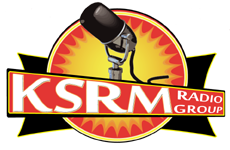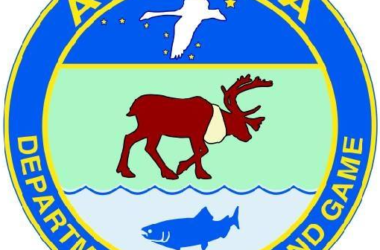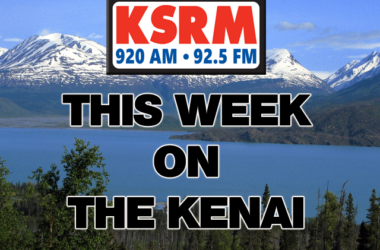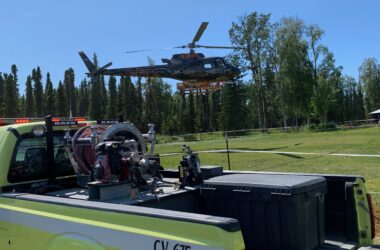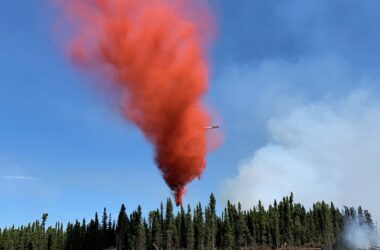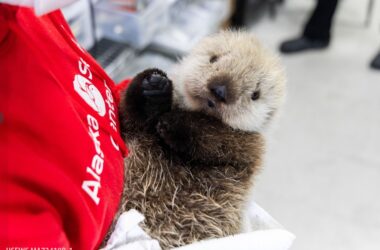The Cook Inlet Aquaculture Association is taking steps to combat a decline in Sockeye Salmon returning to the Susitna River Watershed in the past few years.
Executive Director of the Association, Gary Fandrei, explained one of the methods they’ve started.
Fandrei: “So what we proposed to do a couple of years ago was to go up there and collect a number of eggs from fish that were returning to the system, take those eggs to our Trail Lakes hatchery, incubate them at the hatchery, rear those fish for approximately a year and a half to two years in the Trail Lakes hatchery facility and when they reach the smolt stage to take them back and release them back to Shell Lake.”
The association is gearing up to release the smolt into the lake this year.
He added that a variety of circumstances have led to a decline in the Sockeye population.
Fandrei: “So we went and did some additional sampling up there and were able to identify two different types of diseases or parasites that were affecting those fish and we believe it was a combination of the Northern Pike predation on the immature fish and the incidents of some of these diseases that were causing the rapid decline of the fish population returning to Shell Lake.”
Fandrei said that Shell Lake was chosen because of the size of the lake and the food source for immature fish that are in the lake.
Fandrei: “When we look at the entire Susitna River Drainage there are approximately 25 of these known Sockeye Salmon producing lakes in the area. We believe that Shell Lake has the potential to produce about 9.6% of the return to the Susitna River drainage.”
The CIAA is also working on management for the invasive Northern Pike.
